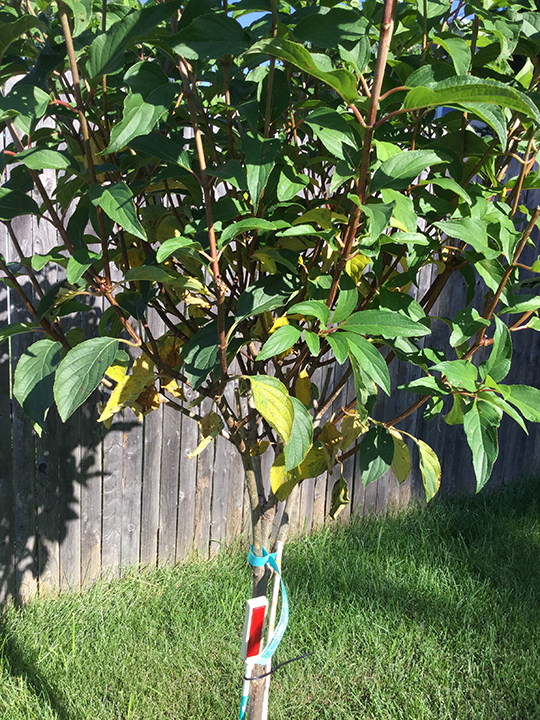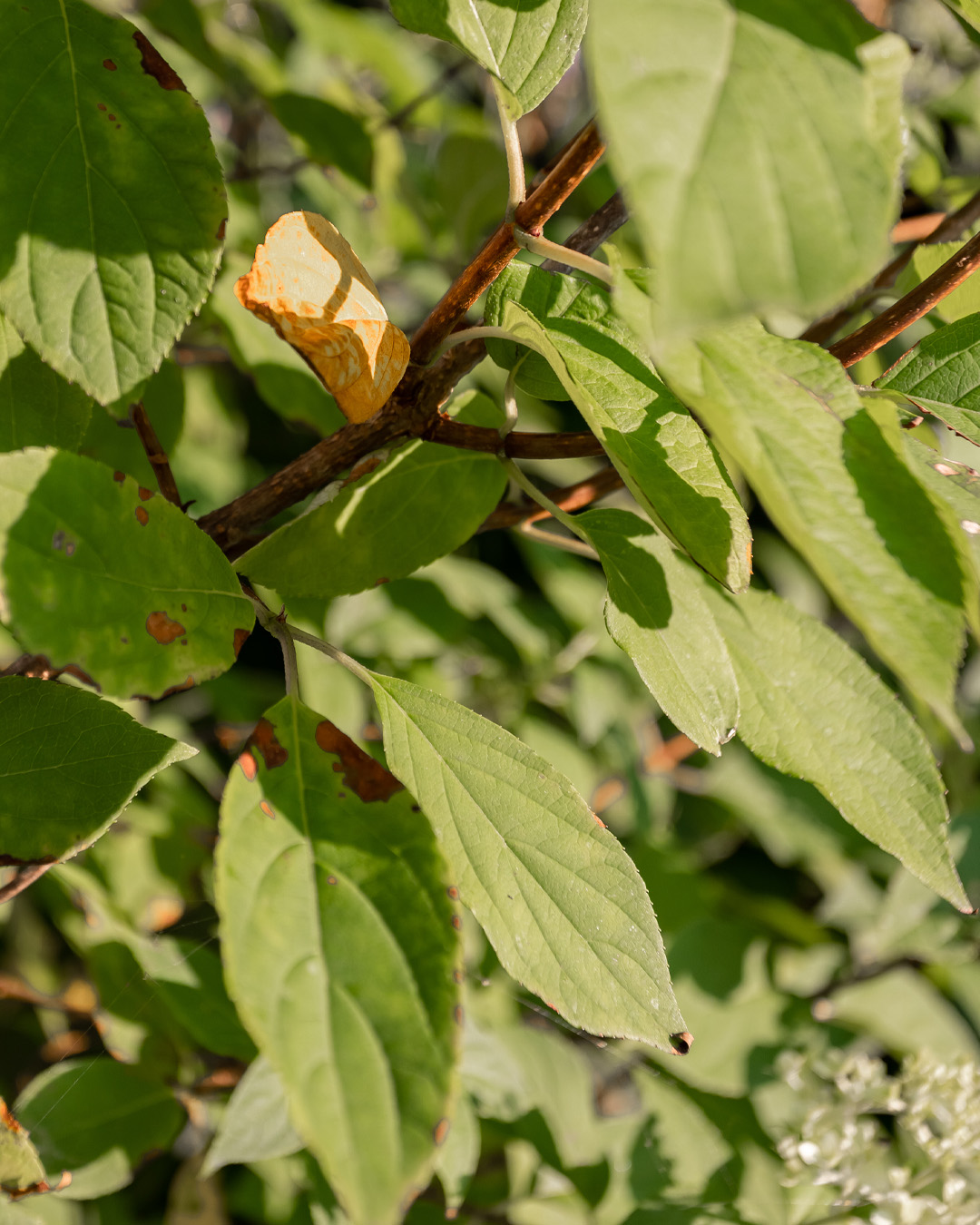Hydrangea Leaves Turning Yellow - Truths
Table of ContentsWhat Does Hydrangea Leaves Turning Yellow Mean?The Greatest Guide To Hydrangea Leaves Turning YellowExcitement About Hydrangea Leaves Turning YellowSome Of Hydrangea Leaves Turning Yellow
One opportunity is that the plant is not getting enough sunlight. Throughout the winter season, the days are much shorter, and the sunlight is not as extreme, so make sure to place your Hydrangea in a spot where it will get at least 6 hours of sunshine every day. Another factor for Hydrangea yellow fallen leaves in wintertime might be way too much water.The fallen leaves may be turning yellow due to temperature level stress and anxiety. Hydrangeas like cooler temperatures, so if the plant is in a place that gets too warm or as well cold, the leaves will certainly transform yellow. If you assume temperature level stress and anxiety may be the problem, try relocating your Hydrangea to a different area or shielding it from the aspects with a burlap cover.
New growth will be observed in early springtime, when you'll discover environment-friendly foliage sprouting from stems that may have appeared dead. Nonetheless, if your leaves are transforming brown in springtime or summer, there are most likely other aspects at play. The specific reasons rely on the selection and their growing problems, but generally, brown hydrangea fallen leaves suggest dehydration and wilting in the warm
In the spring when the mercury stays reasonably low, they'll do fine. When points warm up over the summertime nonetheless, time spent in the early mid-day rays can create unknown damage.: Expand your hydrangeas in a place where they'll get sunlight in the early mornings or nights, but not during the peak hours.
Hydrangea Leaves Turning Yellow Fundamentals Explained
Wilting is brought on by lack of wetness, suggesting there are a couple of excellent tricks to utilize to avoid this from occurring. Provide your hydrangeas a healthy glug of water every few days when the temperature levels are climbing up high, and treat the dirt to far better preserve wetness. After watering, a bit of mulch around the base of each plant must assist with this by keeping moisture in the soil.
This interferes with fungi spores from settling. "The Botrytis fungus flourishes in cool and damp problems, so prevent showering the entire plant when sprinkling and simply water at the roots," shares Roy Nicol, a Master Green thumb - Hydrangea Leaves Turning Yellow. If you have actually missed out on the chance for avoidance and are dealing with an infection you must eliminate all dead or seriously infected fallen leaves from the plant and ruin them to avoid further spread
As a general general rule, we advise getting rid of fallen leaves when they are 50% brown or higher. While browning triggered by any reason can not be turned around, taking the rehabilitative reference activity explained above will motivate the plant to grow brand-new fallen leaves so the damaged leaves either diminish normally or can be eliminated by the gardener.
Hydrangeas must be watered just when the top few inches of soil are dry, and should be offered a complete soaking each time. Underwatered hydrangeas are most likely to have yellow, wilting, and drooping fallen leaves.
The 5-Minute Rule for Hydrangea Leaves Turning Yellow
The way you take care of hydrangea leaves transforming yellow depends upon the key issue triggering the yellow fallen leaves. This can be difficult to linked here figure out, yet once you do you will be able to readjust your plant treatment accordingly to take care of the issue. As pointed out in the past, a common issue with hydrangeas is nutrition shortages.
Throughout the top expanding season, you must sprinkle at a rate of concerning 1 inch each week. If you are bothered with not correctly sprinkling your hydrangeas, there are a number of points you can do. Including compost to the base of the plants over the root zone help to regulate the temperature around the bush and keep water in the soil.

If it is as well extreme, some plants will never recover from transplant shock and will remain to decline until they die. Lessen transplant shock by consisting of as lots of origins as feasible when excavating up your plant to relocate it. Make certain to provide more water than usual in the weeks following planting to help your plant recover and see it here grow new origins.
Examine This Report on Hydrangea Leaves Turning Yellow
To prevent spreading fungal diseases, make sure to thouroughly tidy and sanitize any trimming tools prior to and after usage. You can try to purge the roots with water to remove excess fertlizer.

If you do not water your hydrangea plant for even more than a week, the fallen leaves will begin turning yellow. Fungal conditions that assault the plants tend to reveal signs on the origins and the leaves of the plant.
Fallen leave spot is an additional fungal illness that can target hydrangea. It results in the leaves transforming yellow and the appearance of brownish and purple places on the leaves.